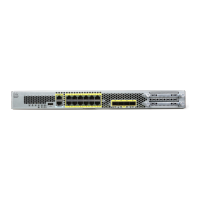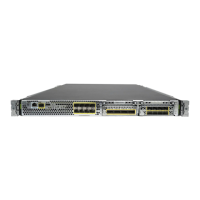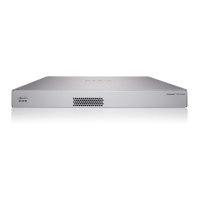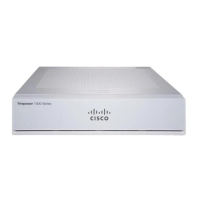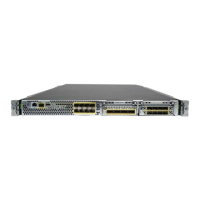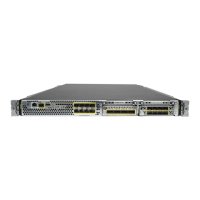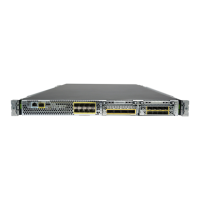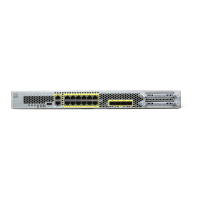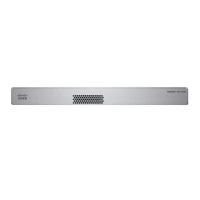24-15
Cisco Security Appliance Command Line Configuration Guide
OL-10088-01
Chapter 24 Applying QoS Policies
Viewing QoS Statistics
For example, the following command displays service policies that include the priority command and
the related statistics; for example:
hostname# show service-policy priority
Global policy:
Service-policy: global_fw_policy
Interface outside:
Service-policy: qos
Class-map: TG1-voice
Priority:
Interface outside: aggregate drop 0, aggregate transmit 9383
Note “Aggregate drop” denotes the aggregated drop in this interface; “aggregate transmit” denotes the
aggregated number of transmitted packets in this interface.
Viewing QoS Priority Queue Statistics
To display the priority-queue statistics for an interface, use the show priority-queue statistics command
in privileged EXEC mode. The results show the statistics for both the best-effort (BE) queue and the
low-latency queue (LLQ). The following example shows the use of the show priority-queue statistics
command for the interface named test, and the command output:
hostname# show priority-queue statistics test
Priority-Queue Statistics interface test
Queue Type = BE
Packets Dropped = 0
Packets Transmit = 0
Packets Enqueued = 0
Current Q Length = 0
Max Q Length = 0
Queue Type = LLQ
Packets Dropped = 0
Packets Transmit = 0
Packets Enqueued = 0
Current Q Length = 0
Max Q Length = 0
hostname#
In this statistical report, the meaning of the line items is as follows:
• “Packets Dropped” denotes the overall number of packets that have been dropped in this queue.
• “Packets Transmit” denotes the overall number of packets that have been transmitted in this queue.
• “Packets Enqueued” denotes the overall number of packets that have been queued in this queue.
• “Current Q Length” denotes the current depth of this queue.
• “Max Q Length” denotes the maximum depth that ever occurred in this queue.

